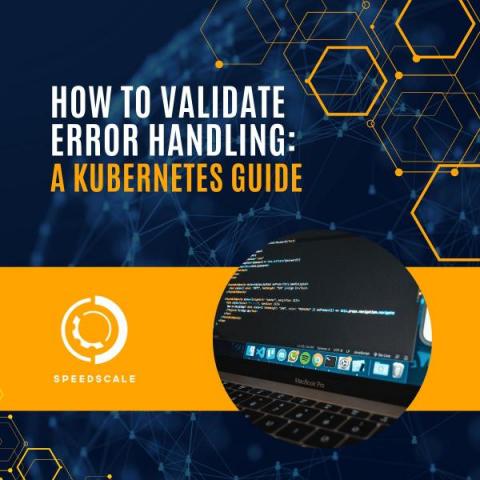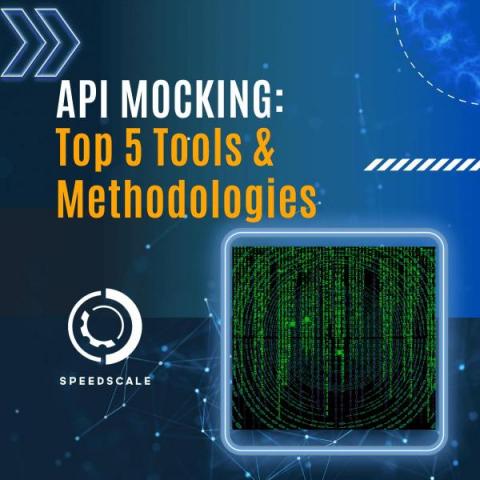In this short tutorial, discover how to supercharge your app testing and development process by leveraging the power of Codemagic CLI. Join us as we explore the seamless registration of Apple devices for testing using the Codemagic CLI tools. Learn how to install the CLI, set up the necessary credentials, register single and multiple devices, and even automate the process using codemagic.yaml. With Codemagic CLI, you can save time and effort, ensuring a smooth and efficient app development workflow. Watch now and unlock the potential of Codemagic CLI for your iOS projects!










